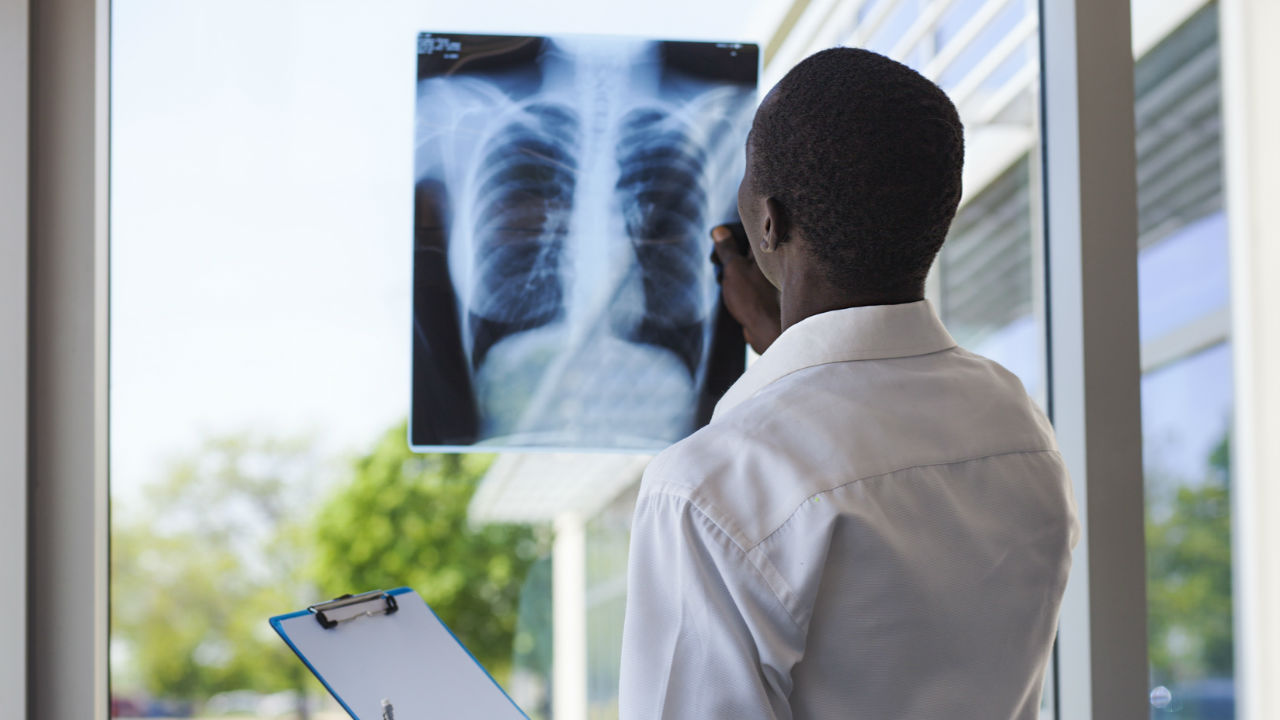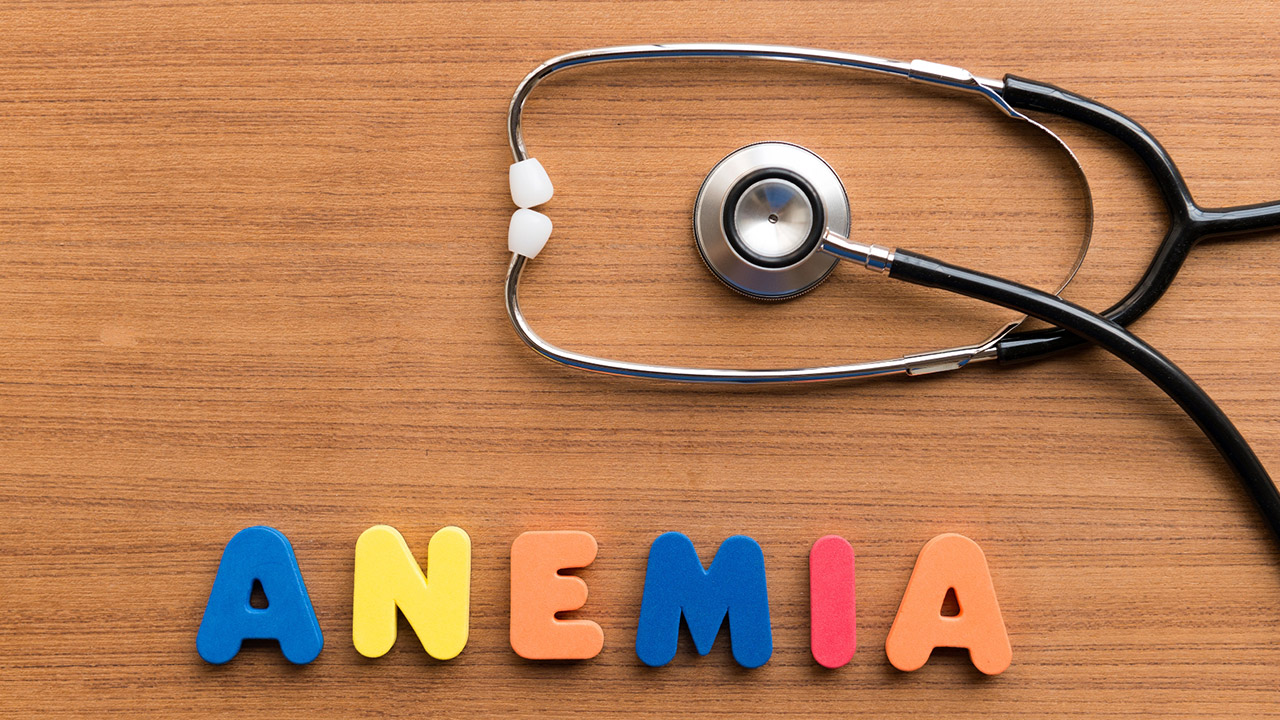In late autumn, emergency medical teams enter into what they call the “CO season”— a time when the number of carbon monoxide (CO) poisonings spikes due to faulty furnaces, space heaters, automobile emissions, and other environmental pollutions.
Carbon monoxide is ubiquitous in modern society. CO is a colorless, often odorless, poisonous gas given off by burning fuel, earning it the name of the “silent killer.”
You may breathe high levels of carbon monoxide near busy roads and intersections, expelled from power plants burning coal, gas, or oil, and incinerators used to burn garbage. Studies show when traffic is stopped, CO levels rise inside your car. Inside your home, CO can come from your oil, gas kerosene or charcoal furnace or space heater, wood-burning fireplace, or from tobacco smoke.
Starting in late October and November and continuing throughout the winter months, the northern hemisphere experiences a cyclic change in carbon monoxide levels. These levels rise because fuels burn less effectively at cold temperatures and the air is more stagnant in cold weather, so pollution hangs in the air like a dirty blanket.
Inside the body, the gas prevents red blood cells from carrying enough oxygen for cells and tissues to live. At high levels, CO can kill a person within minutes and is the leading cause of injury and death by poisoning worldwide, affecting about 40,000 people in the United States each year.
CO exposure can pose serious health risks, particularly in unborn babies, infants, the elderly and individuals with cardiovascular or respiratory diseases, anemia or irregular hemoglobin, the Environmental Protection Agency (EPA) reports.
CO is one of several pollutants emitted by motor vehicles that the EPA classifies as known or probable cancer-causing agents in humans. Numerous studies have shown when healthy individuals are exposed to high levels of carbon monoxide they can experience compromised vision, mental alertness, manual dexterity, learning functions, and the inability to perform complex tasks.
Infants and children may be more vulnerable to CO because their lungs are not fully developed. As a result, youngsters tend to breathe quickly, and thus may inhale more of the airborne gas than adults. Children often spend more time outdoors than adults.
Researchers at the University of Pennsylvania Medical Center found in half of the serious cases of CO poisoning, long-term brain damage occurs in patients days to weeks later.
A 2008 study conducted by Rhode Island Hospital and published in Academic Emergency Medicine found CO causes direct and often long-lasting damage to the heart muscle, even after it's been eliminated from the blood, making the diagnosis of carbon monoxide poisoning even more critical. These effects are separate from those caused by oxygen deprivation, which reduces the heart's pumping capacity and permanently impairs cardiac function, the study said.
Even at low levels, carbon monoxide poisoning has been shown to produce flu-like symptoms, such as shortness of breath, nausea, dizziness and headaches.
But it might not be all bad news concerning the noxious gas. In a surprising twist, researchers at Tel Aviv University have found that very low levels of CO (10-15 parts per million) can have a narcotic effect that may help city dwellers cope with environmental stress of an urban environment, such as off-the-chart noise levels, crowed conditions, as well as hot and cold weather.
The discovery was made in the context of a wider project designed to study the impact of environmental stressors on the human body.
The results, published online in the August 2011 journal, Environmental Monitoring and Assessment, found breathing very small doses of CO is a boon for urbanites because it curbs their stress levels.
Israeli researchers said in a written statement, the results show living in a major city might not have as negative a health impact as previously believed. "Though participants exhibited rising stress levels throughout the day, CO had a mitigating influence and extended [low-level] exposure to the chemical had no lasting effects."
Remember, moderate to high CO exposure can be lethal. If you or a family member is exposed, get to fresh air and immediately call your local emergency number (such as 911) or the National Poison Control Center at 1-800-222-1222.
Lynette Summerill, an award-winning writer and scuba enthusiast lives in San Diego, CA with her husband and two canine kids. In addition to writing about cancer-related issues for EmpowHER, her work has been seen in newspapers and magazines around the world.
Sources:
EPA. Protect yourself and your family from Carbon Monoxide poisoning. http://www.epa.gov/iaq/pubs/coftsht.html
and http://www.airinfonow.org/html/ed_co.html
Maine Bureau of Air Quality website. It’s just a car, what’s the big deal. http://www.maine.gov/dep/air/lev4me/effects.htm
Science Daily. Long-Term Effects Of Carbon Monoxide Poisoning Are An Autoimmune Reaction. 6 Sep. 2004. Accessed online 8 Nov. 2011 at: http://www.sciencedaily.com/releases/2004/09/040906083815.htmScience Daily.
Carbon Monoxide May Cause Long-Lasting Heart Damage. 29 Jan. 2008. Accessed 8 Nov. 2011 at: http://www.sciencedaily.com/releases/2008/01/080129125412.htm
Urban daily life routines and human exposure to environmental discomfort. I. Schnell, O. Potchter, Y. Yaakov, Y. Epstein and S. Brener, et al. Online First Environmental Monitoring and Assessment. 8 Aug. 2011.
Abstract: http://www.ncbi.nlm.nih.gov/pubmed/21826420
Reviewed November 15, 2011
by Michele Blacksberg RN
Edited by Jody Smith





Add a Comment1 Comments
freakin freezin the last few mornings. what happened to global warming?? darn politicians and their lies.
December 3, 2011 - 8:40pmThis Comment